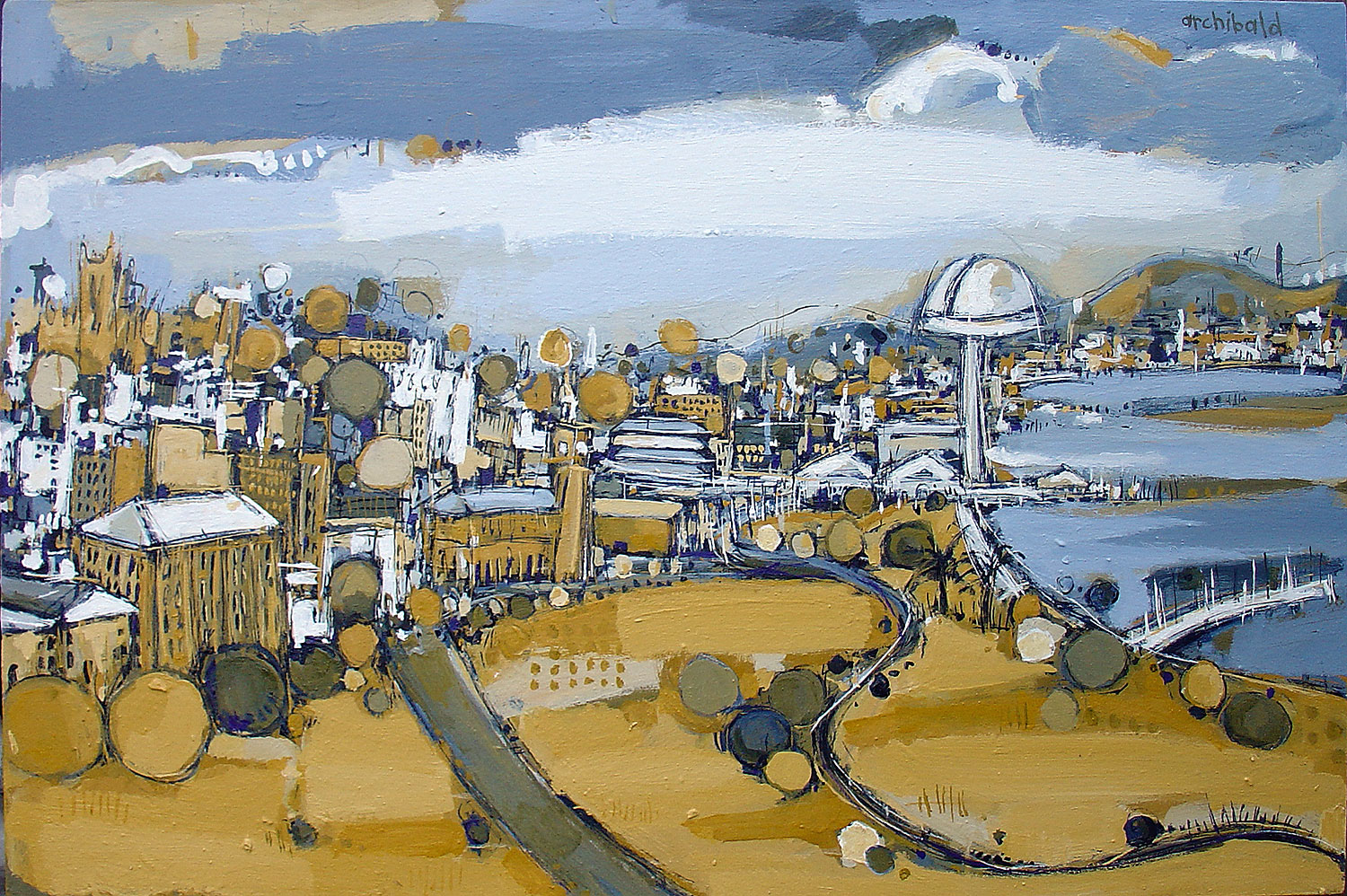ELA 20: Oct 9 Canadian Election Tidbits…
- As a class, we discussed a lot of political history in Canada and went over some of the backgrounds of the political parties we have in government today. The Student Vote is coming up tomorrow so this was to enhance their understanding along with the material that’s been posted on the bulletin boards for a few weeks.

 ping a smooth way of integrating references (material directly taken from the literature) into your own writing. This specifically is what students will have to do with sentence # 4 on the outline handout for formal literary body paragraphs. (Eventually, when writing, you hopefully will not have to follow such a structured paragraph outline, but to understand what is necessary for a good body paragraph and the order information should be placed, following that guide can be helpful.)
ping a smooth way of integrating references (material directly taken from the literature) into your own writing. This specifically is what students will have to do with sentence # 4 on the outline handout for formal literary body paragraphs. (Eventually, when writing, you hopefully will not have to follow such a structured paragraph outline, but to understand what is necessary for a good body paragraph and the order information should be placed, following that guide can be helpful.)
 their copies still but this copy has a few titles / assignments crossed out because we were unable to get to them this year. Any of the literature studied since the beginning of the class, in the beginning of February, may be refered to in the questions of the Final.
their copies still but this copy has a few titles / assignments crossed out because we were unable to get to them this year. Any of the literature studied since the beginning of the class, in the beginning of February, may be refered to in the questions of the Final. chosen to lead or how do they gain power? What is desirable about having power and, on the opposite side, what is undesirable? Ultimately, can the needs of all be met or are some left out in the name of “
chosen to lead or how do they gain power? What is desirable about having power and, on the opposite side, what is undesirable? Ultimately, can the needs of all be met or are some left out in the name of “